
Are you tired of looking at a yard filled with unsightly crabgrass? Do you dream of having a lush, green lawn that you can be proud of? Well, you're in luck! Once you learn how to get rid of crabgrass in your yard, you can plant the grass that you've always wanted. Say goodbye to those pesky weeds and hello to a lawn that you'll love.
Crabgrass is a common problem for many homeowners. It's a fast - growing weed that can quickly take over your yard if left unchecked. Not only does it look bad, but it also competes with your desired grass for nutrients, water, and sunlight. This can lead to a thin and patchy lawn, which is far from the beautiful landscape you envision.
One of the first steps in getting rid of crabgrass is to understand its life cycle. Crabgrass is an annual weed, which means it germinates from seeds in the spring, grows throughout the summer, and then dies off in the fall. However, before it dies, it produces thousands of seeds that can remain dormant in the soil for several years. This is why it's so important to take action early in the season.
Pre - emergent herbicides are a great tool for preventing crabgrass from germinating. These herbicides create a barrier in the soil that stops the crabgrass seeds from sprouting. The key is to apply them at the right time. In most regions, this is when the soil temperature reaches around 55 degrees Fahrenheit for a few consecutive days. You can use a soil thermometer to check the temperature and make sure you're applying the pre - emergent herbicide at the optimal time.
When applying pre - emergent herbicides, it's important to follow the instructions on the label carefully. Make sure you're using the correct amount for your yard size and that you're spreading it evenly. You can use a broadcast spreader to ensure an even application. After applying the herbicide, water your lawn lightly to activate it.
If you already have crabgrass in your yard, post - emergent herbicides can be used to kill the existing plants. There are both selective and non - selective post - emergent herbicides available. Selective herbicides are designed to kill crabgrass without harming your desired grass. Non - selective herbicides, on the other hand, will kill any plant they come into contact with, so use them with caution.
When using post - emergent herbicides, it's best to apply them when the crabgrass is young and actively growing. This is usually in the early to mid - summer. Make sure to wear protective clothing, such as gloves and long - sleeved shirts, when applying the herbicide. Also, avoid spraying on windy days to prevent the herbicide from drifting onto other plants.
In addition to using herbicides, proper lawn care practices can also help prevent and control crabgrass. Mowing your lawn at the correct height is crucial. Most grass species should be mowed to a height of 2.5 to 3 inches. This helps shade the soil, making it less favorable for crabgrass seeds to germinate. Also, make sure to keep your lawn well - watered, but not over - watered. Over - watering can create a moist environment that is ideal for crabgrass growth.
Fertilizing your lawn regularly is another important step. A healthy, well - fertilized lawn is better able to compete with crabgrass. Use a high - quality fertilizer that is appropriate for your grass type. Follow the recommended application rates and schedule on the fertilizer package.
Another natural way to control crabgrass is by overseeding your lawn. Overseeding involves spreading grass seed over your existing lawn. This helps thicken the grass, leaving less room for crabgrass to grow. Choose a grass seed that is suitable for your climate and soil conditions. You can use a seed spreader to evenly distribute the seed.
Once you've successfully gotten rid of the crabgrass in your yard, you can start planting the grass that you want. Prepare the soil by removing any remaining weeds and debris. Loosen the top layer of soil with a rake or tiller. Then, spread the grass seed according to the instructions on the package. Water the newly seeded area regularly to keep the soil moist until the grass germinates.
Maintaining a crabgrass - free lawn requires ongoing effort. Continue to follow proper lawn care practices, such as mowing, watering, and fertilizing. Keep an eye out for any signs of new crabgrass growth and take action immediately if you see any. With a little patience and perseverance, you can transform your yard into a beautiful, weed - free oasis.
In conclusion, getting rid of crabgrass in your yard is a multi - step process that involves understanding its life cycle, using the right herbicides, and practicing proper lawn care. By taking these steps, you can eliminate crabgrass and create a lawn that you can truly love. So, roll up your sleeves and get started on your journey to a perfect lawn today!
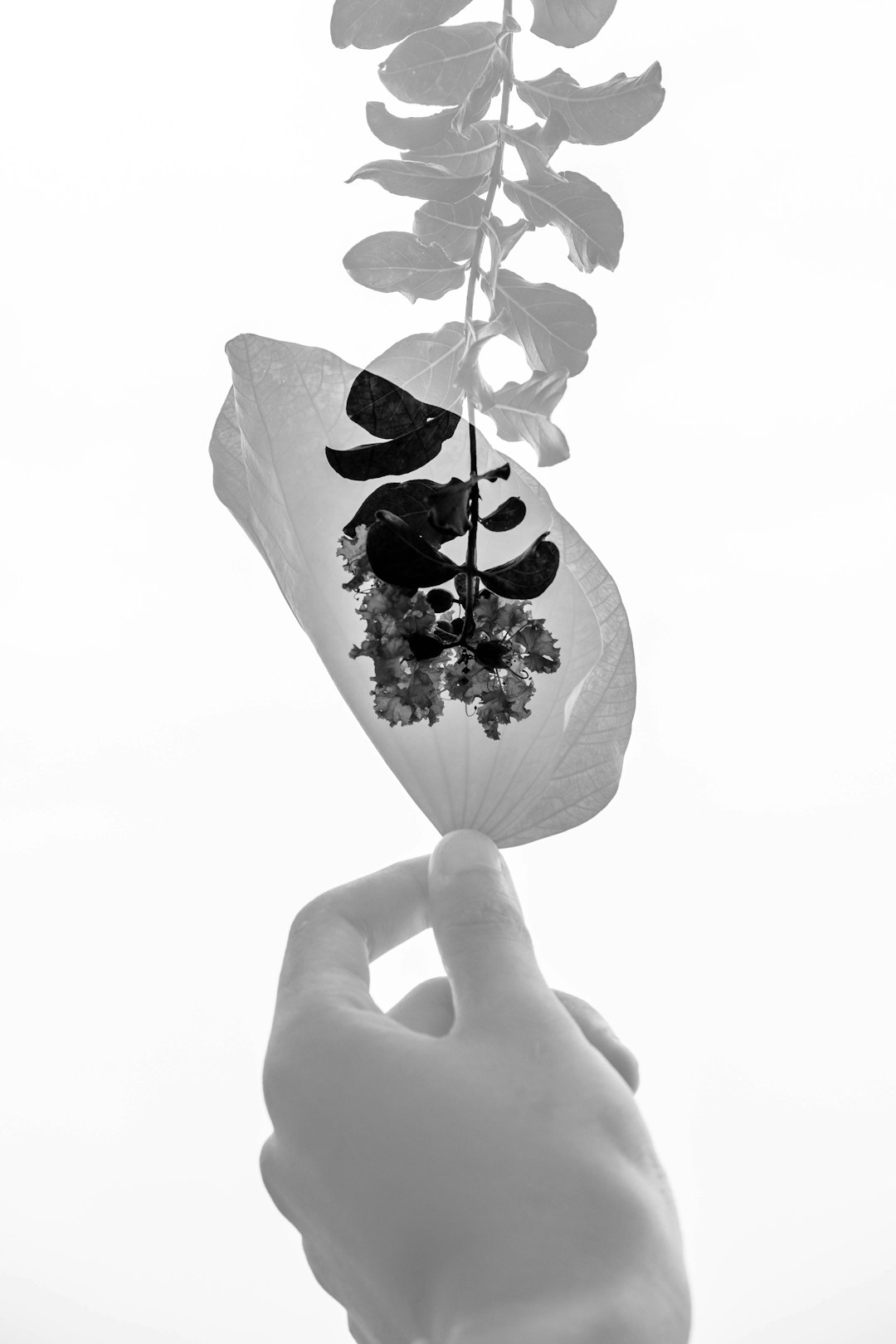
The Secret to Squirrel - Free Potted Plants
The Secret to Squirrel - Free Potted Plants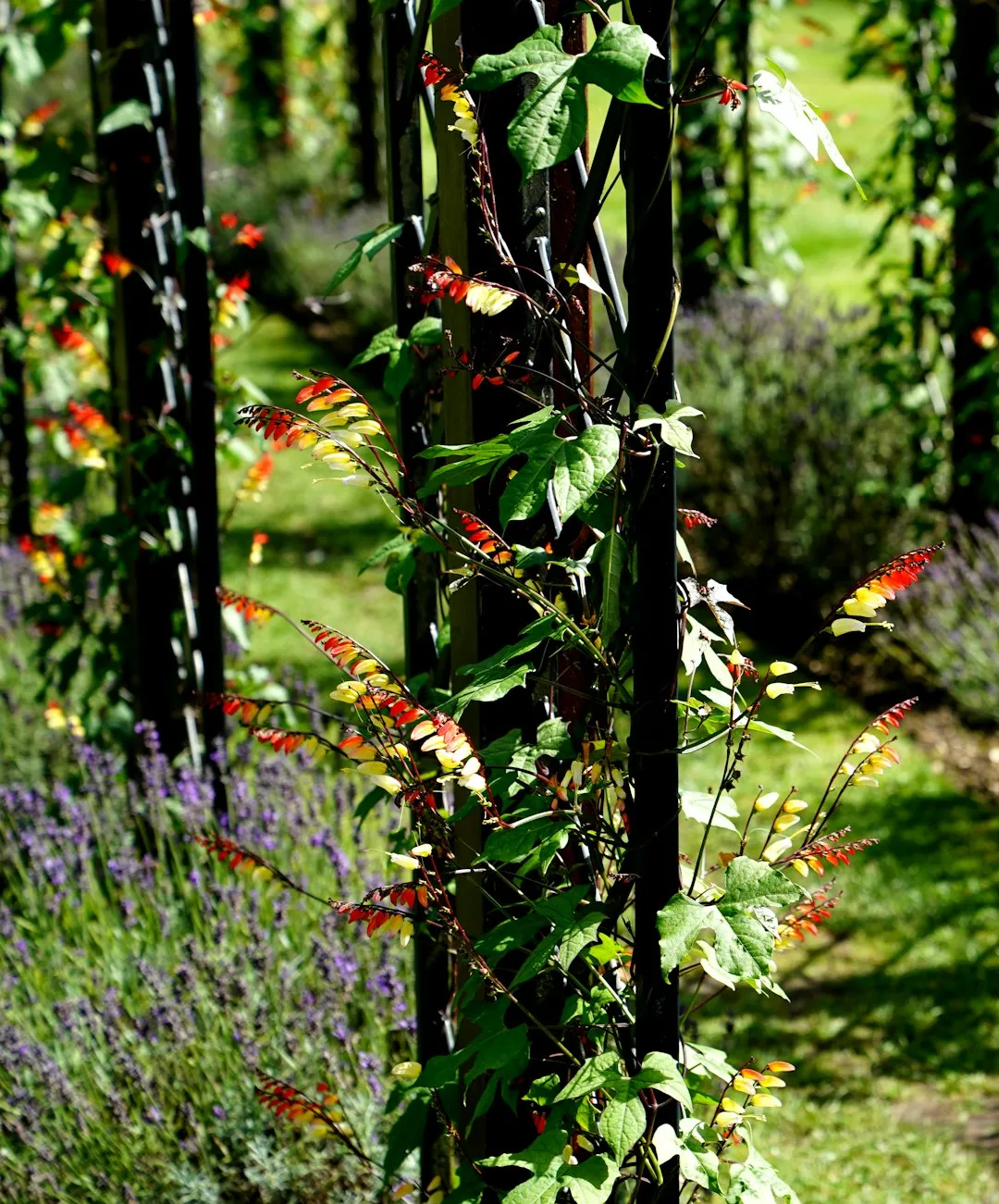
Sweet Rewards: Cultivating Berries in Containers
Sweet Rewards: Cultivating Berries in Containers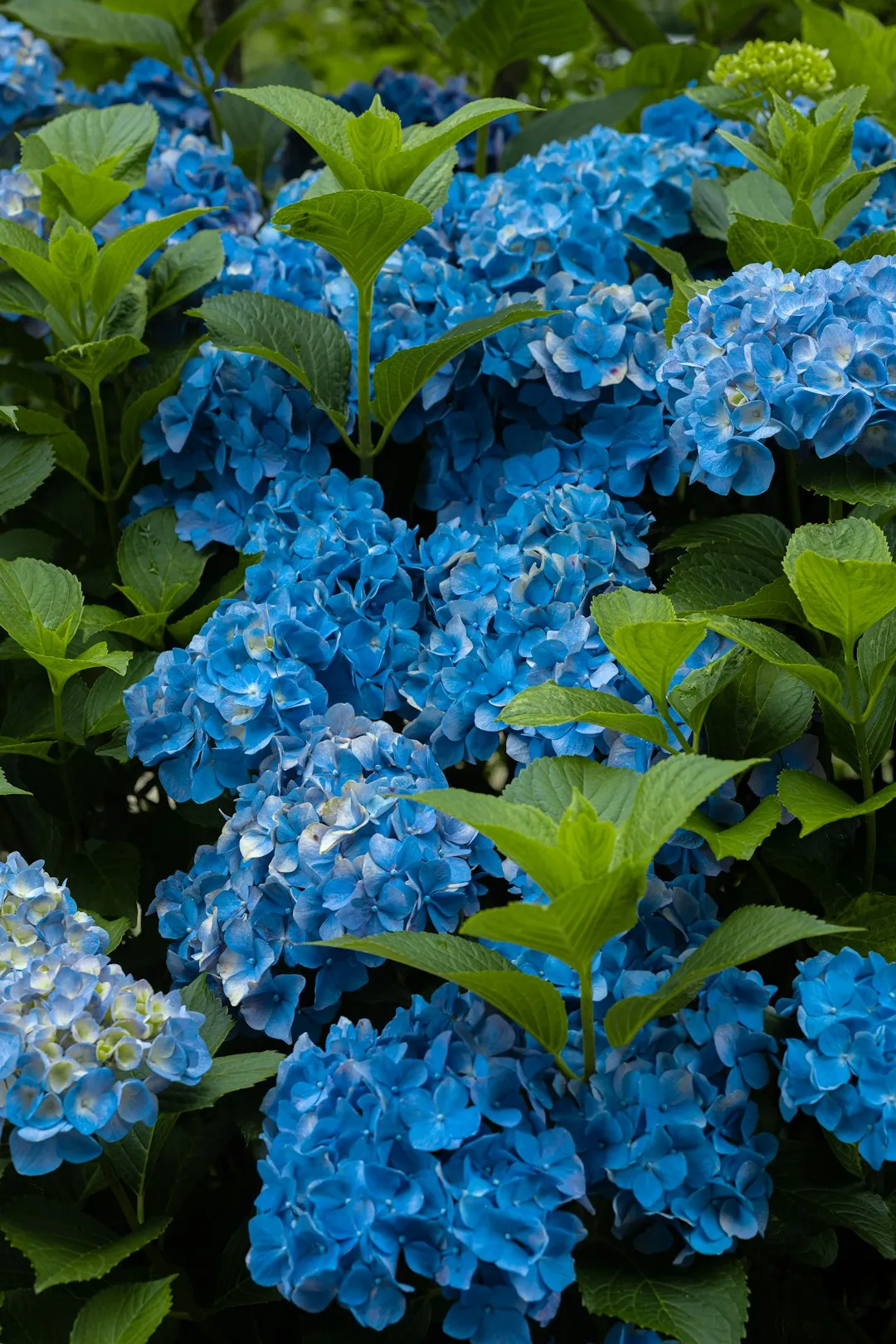
Unveiling the Secrets of a Stunning Lawn
Unveiling the Secrets of a Stunning Lawn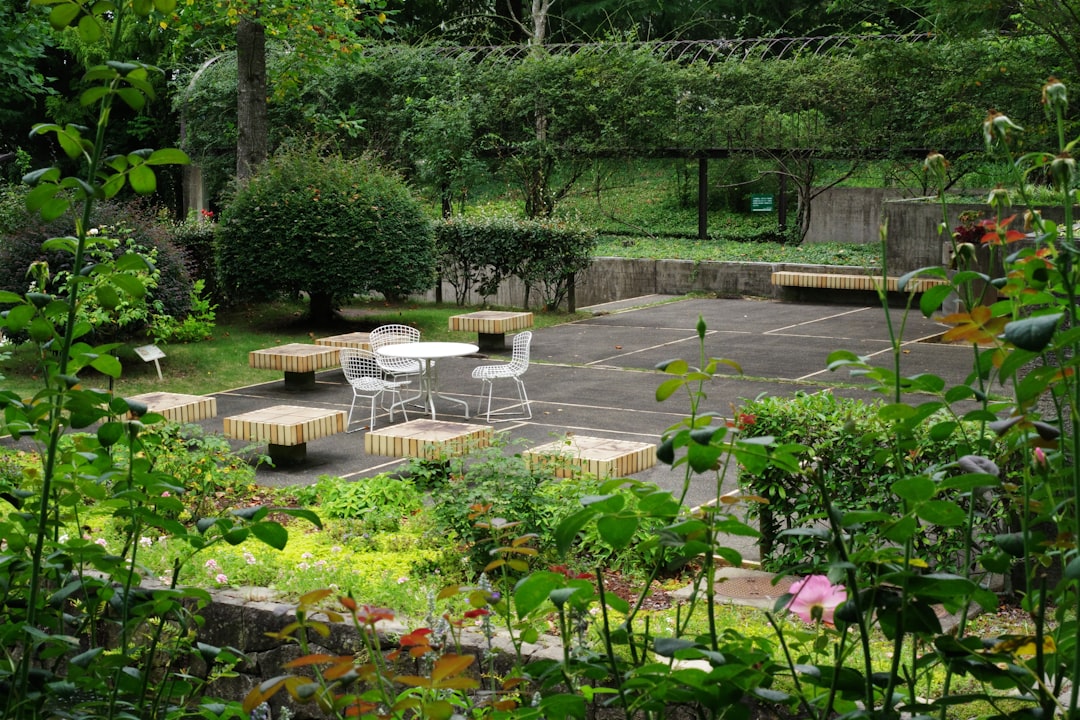
Fall Lawn Maintenance: The Key to a Healthy Yard in Winter
Fall Lawn Maintenance: The Key to a Healthy Yard in Winter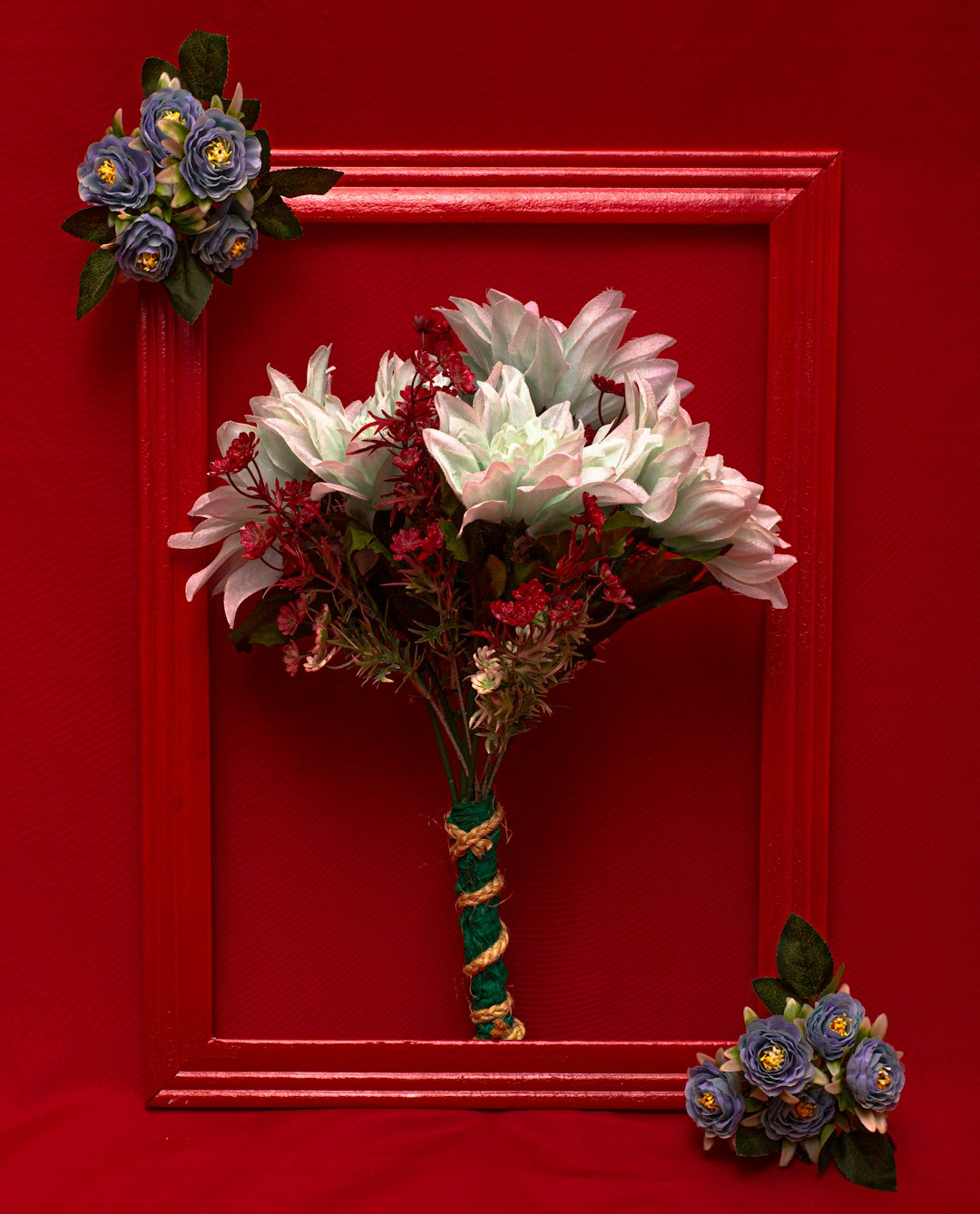
The Secret to Soil Amendment Without Uprooting Your Plants
The Secret to Soil Amendment Without Uprooting Your Plants
Unleash Your Garden's Potential: The Art of Seed Collection
Unleash Your Garden's Potential: The Art of Seed Collection
Pre - Summer Yard Care Essentials
Pre - Summer Yard Care Essentials
Weathering the Storm: Nurturing Your Garden in Extreme Conditions
Weathering the Storm: Nurturing Your Garden in Extreme Conditions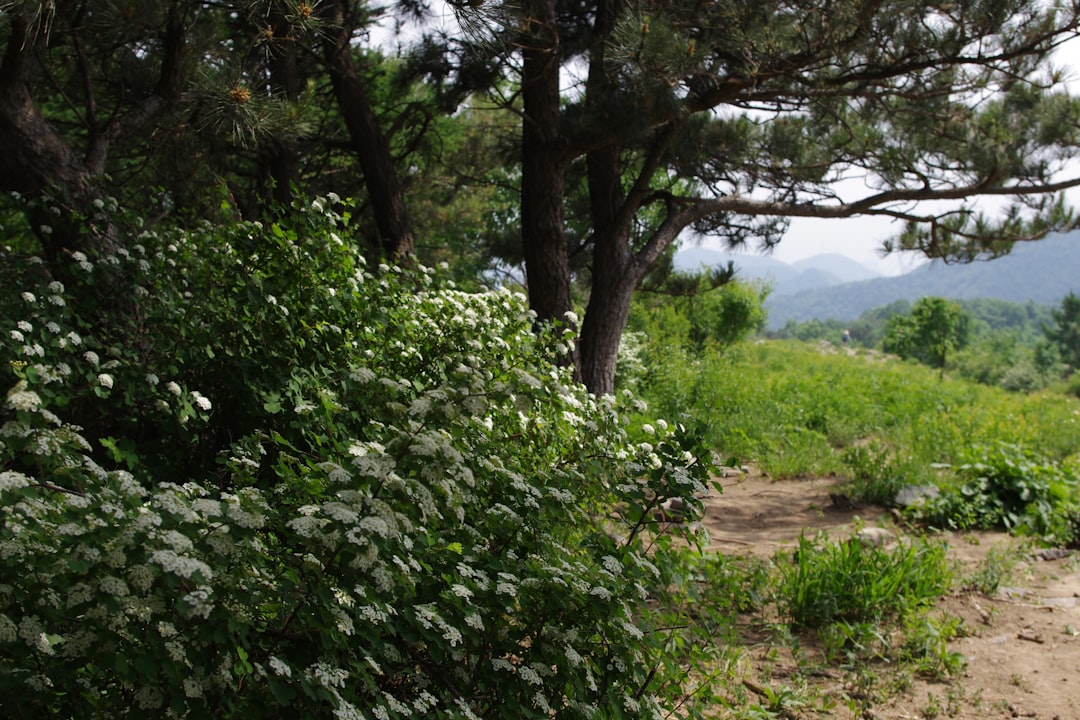
Summer Pruning: The 10 Flowering Plants to Leave Alone
Summer Pruning: The 10 Flowering Plants to Leave Alone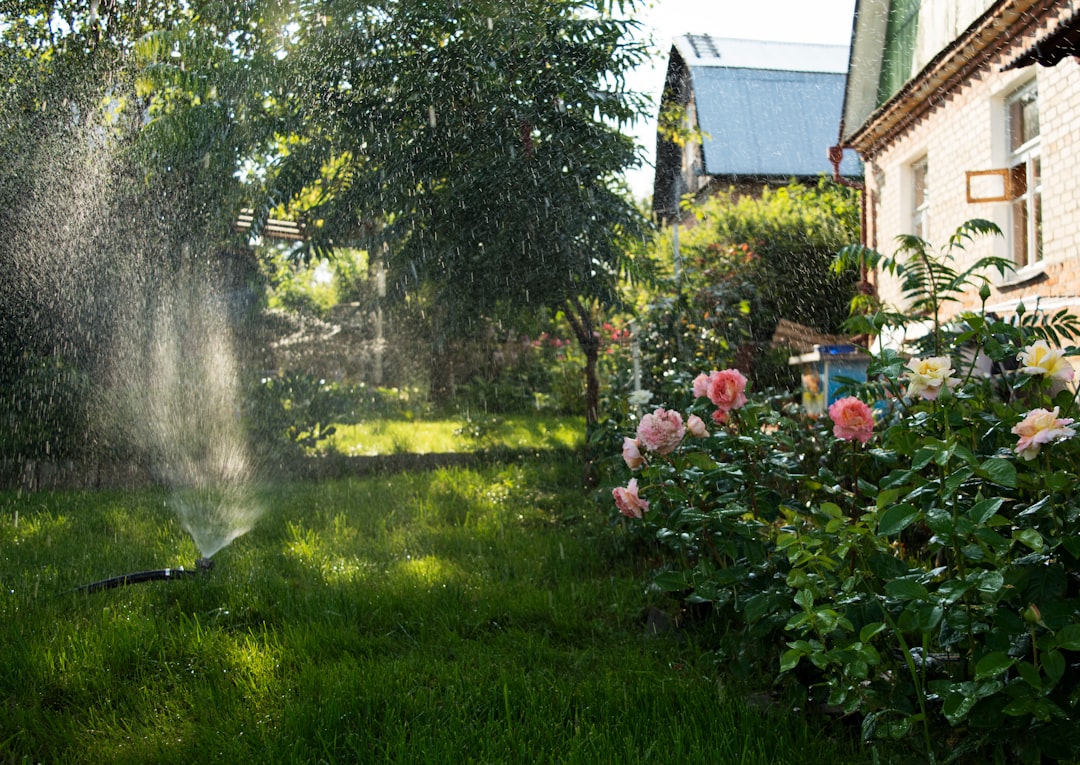
Unveiling the Hidden Gems of Perennial Gardening
Unveiling the Hidden Gems of Perennial Gardening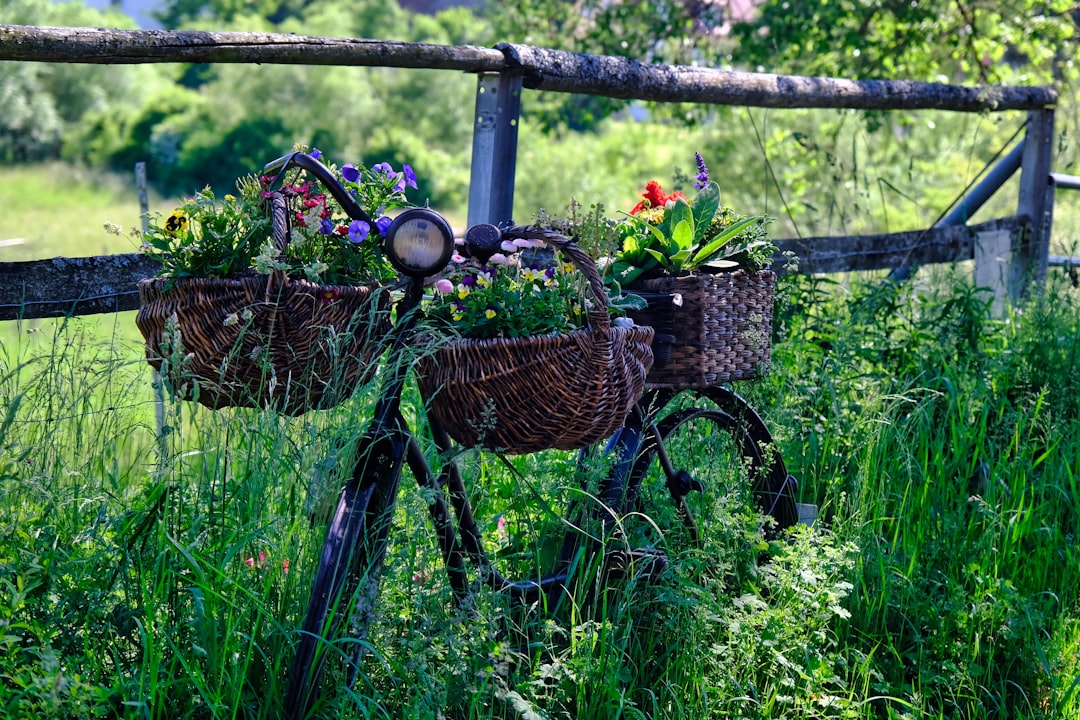
Unleashing the Beauty of Perennial Black - Eyed Susans in Your Garden
Unleashing the Beauty of Perennial Black - Eyed Susans in Your Garden
Unveiling the Secrets of Trillium Growth
Unveiling the Secrets of Trillium Growth
The All - Season Charm of Sedum Plants
The All - Season Charm of Sedum Plants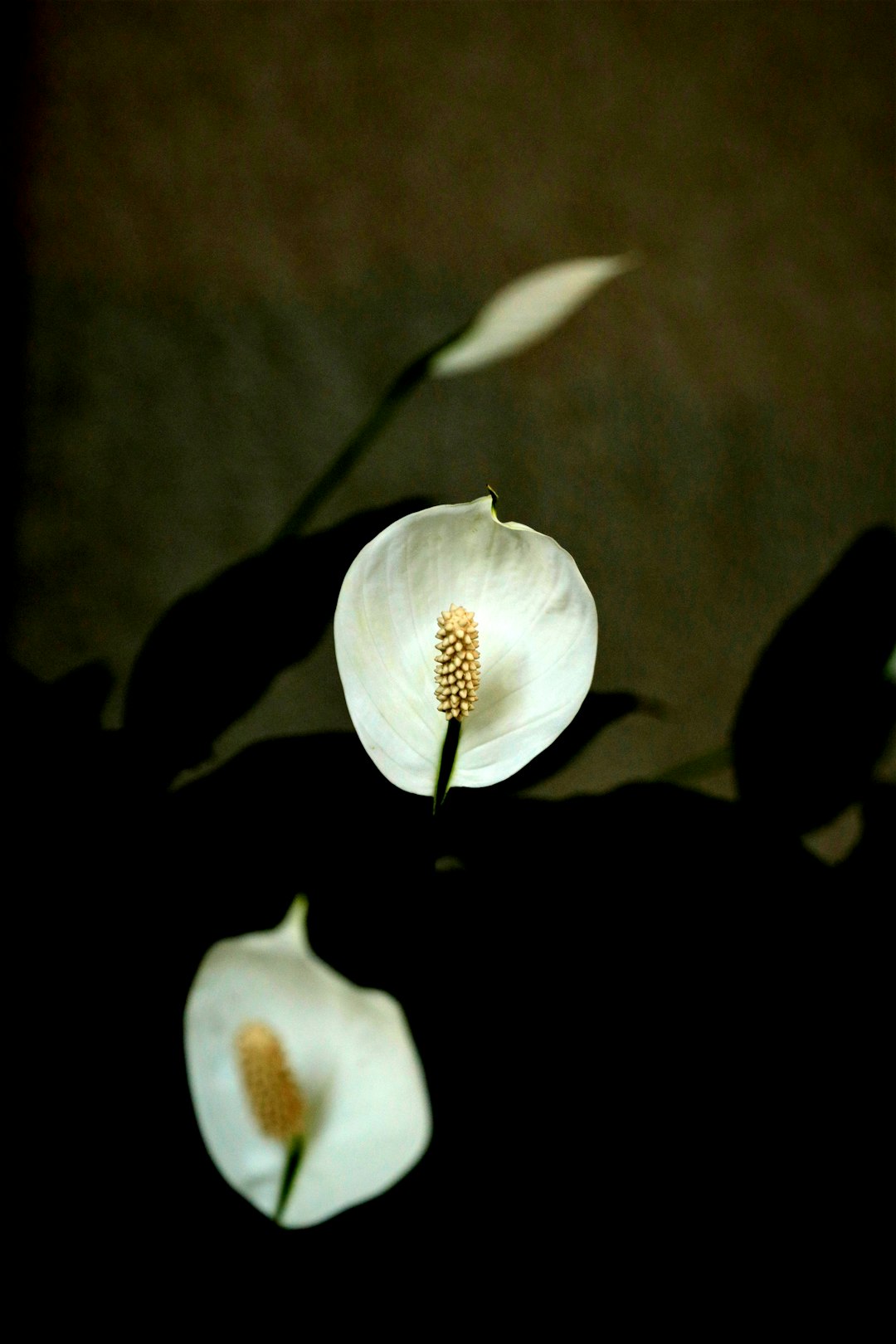
Banishing Snakes from Your Yard: Simple Solutions
Banishing Snakes from Your Yard: Simple Solutions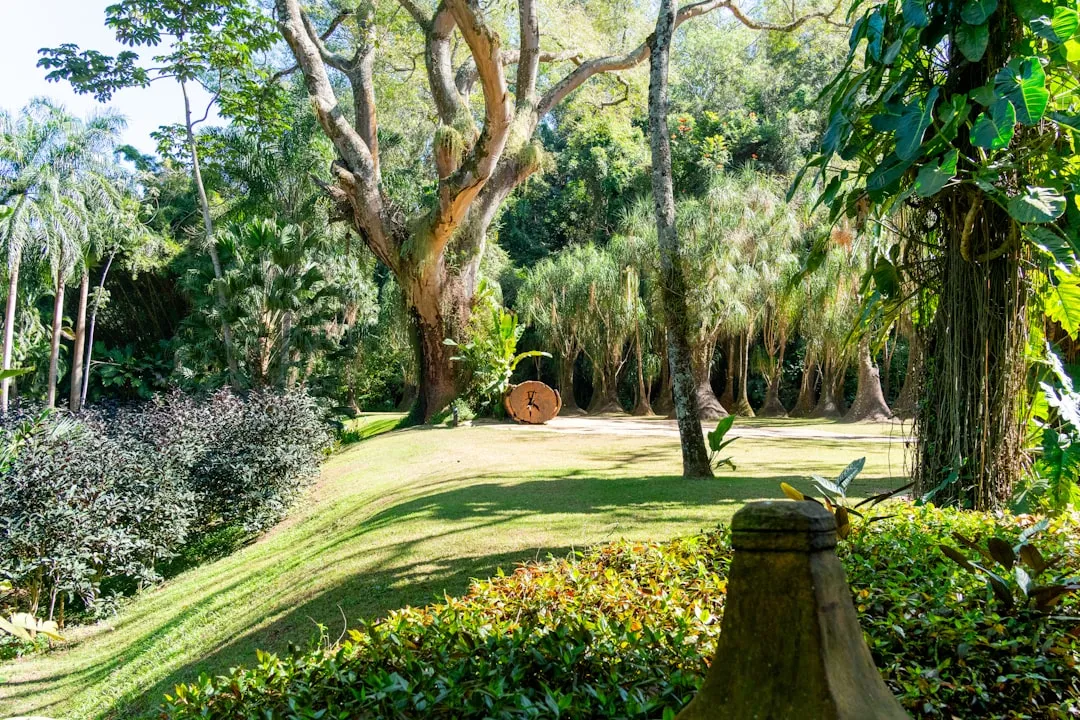
Secrets to a Bug - Free Garden: Conquering Squash Bugs Naturally
Secrets to a Bug - Free Garden: Conquering Squash Bugs Naturally
Transform Your Yard: Banish Crabgrass for Good
Transform Your Yard: Banish Crabgrass for Good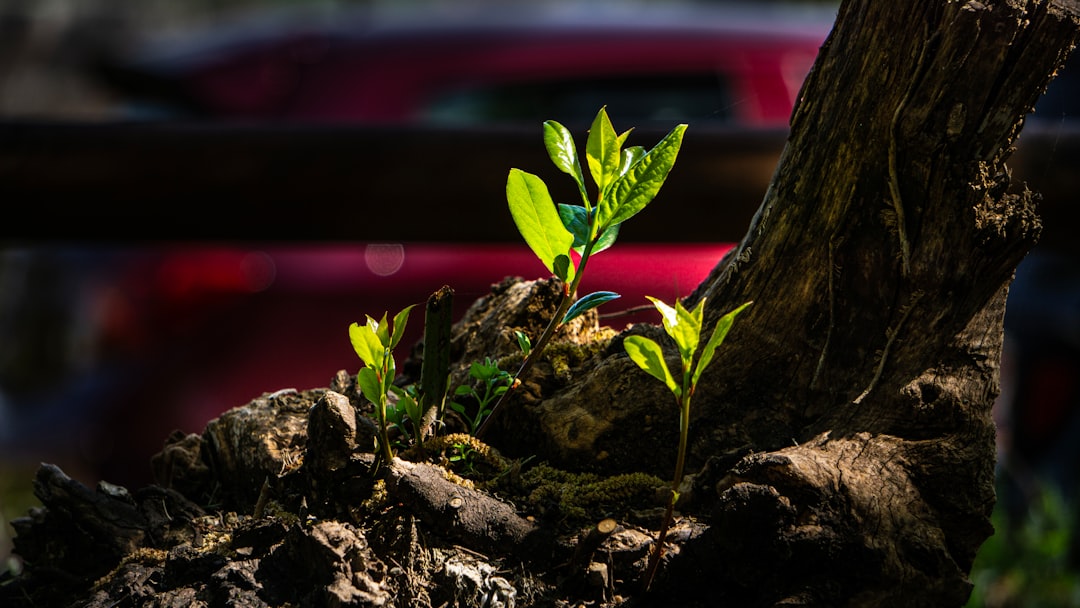
Unveiling the Wonders of a Low - Sun Garden
Unveiling the Wonders of a Low - Sun Garden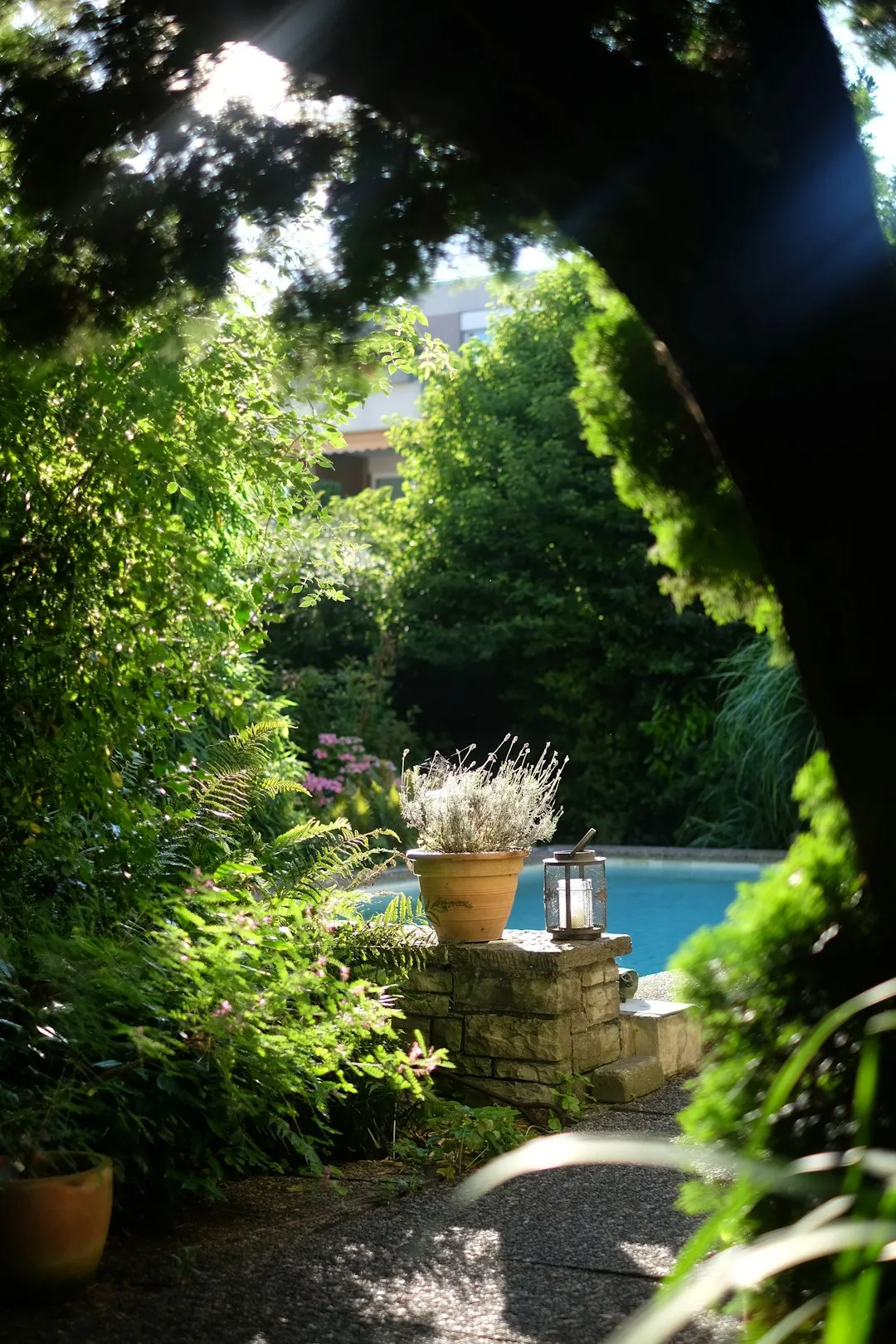
Unleash Your Garden's Potential: The Magic of Lasagna Gardening
Unleash Your Garden's Potential: The Magic of Lasagna Gardening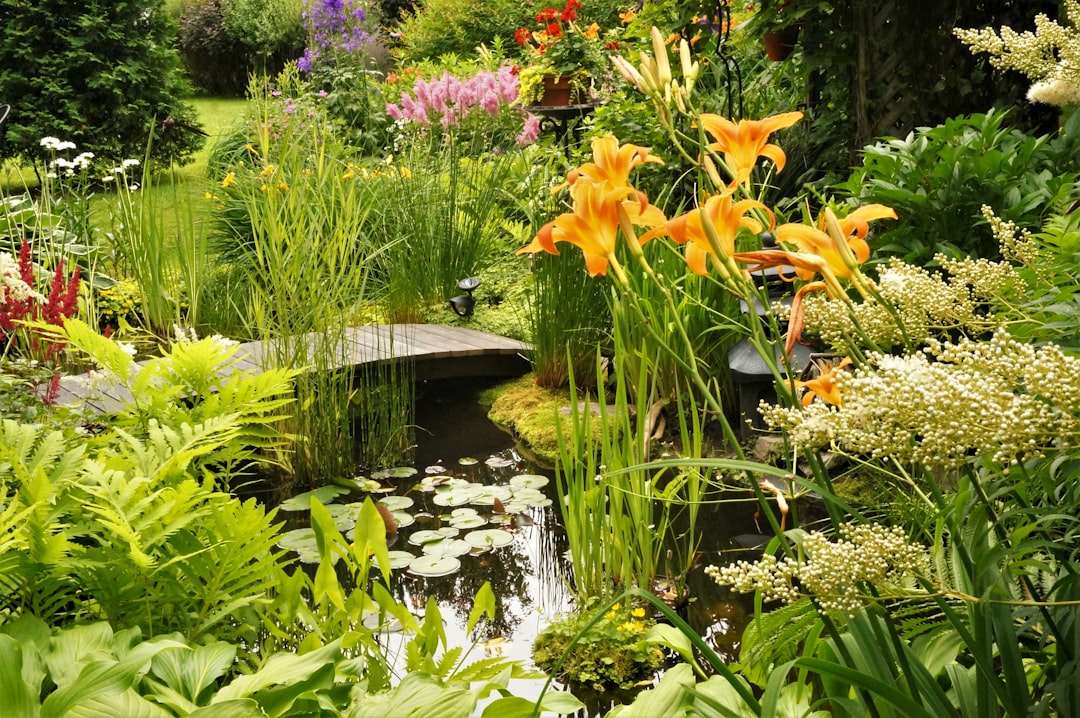
Unveiling the Mysteries of Lunar Gardening
Unveiling the Mysteries of Lunar Gardening
Unleash Your Inner Herbalist: A Guide to Indoor Herb Gardening
Unleash Your Inner Herbalist: A Guide to Indoor Herb Gardening